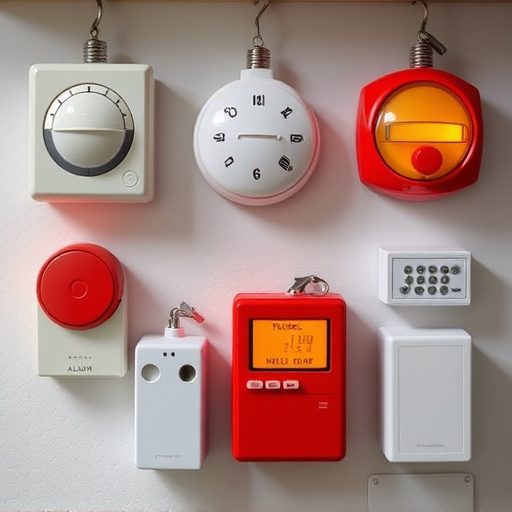Lone workers in remote areas face unaddressed risks. Keychain alarms offer immediate distress signaling, enhancing safety for night joggers and lone workers. These compact devices with GPS tracking, long batteries, and customizable features provide peace of mind. Best practices include durable design, training, maintenance, and fostering a culture of safety awareness.
Lone work, while offering flexibility, comes with unique risks. For those who work or exercise alone, such as night joggers, being prepared is paramount. This article explores safety alert systems, focusing on the benefits and features of a keychain alarm – a compact yet powerful tool for personal protection. We’ll delve into implementation strategies and best practices to ensure maximum effectiveness in keeping lone workers safe.
- Understanding the Risks of Lone Work
- Benefits and Features of Keychain Alarms
- Implementation and Best Practices for Safety
Understanding the Risks of Lone Work
Lone work, while offering independence and flexibility, comes with inherent risks that often go unnoticed. Workers operating alone, whether it’s a delivery driver on a late-night route or a farmer tending to crops, may face unexpected situations that require immediate assistance. Delays in help arriving can have severe consequences, especially in remote locations.
This is where tools like the keychain alarm for night joggers prove invaluable. These compact, easily portable devices offer a simple yet effective means of signaling distress. A quick press of a button triggers a loud alarm, alerting nearby individuals or emergency services to the wearer’s location and need for assistance. By equipping ourselves with these safety tools, we can transform lone work from risky to manageable, ensuring peace of mind and potentially saving lives.
Benefits and Features of Keychain Alarms
For lone workers, especially night joggers seeking enhanced safety, a keychain alarm offers a compact yet powerful solution. These handheld devices combine convenience and security, allowing users to quickly trigger an alert in case of emergencies. With just a press of a button, the alarm sounds loudly, deterring potential threats and attracting attention for help.
Keychain alarms are designed with multiple features catering to various needs. Some models include GPS tracking, enabling real-time location sharing with trusted contacts. They often have long-lasting batteries and water resistance capabilities, ensuring reliability in different environments. Additionally, many modern keychain alarms offer customizable alert tones and LED lights, providing users with versatile options for personal safety at night or in low-visibility conditions.
Implementation and Best Practices for Safety
Implementing a safety alert system, like a keychain alarm designed for night joggers, is a proactive step toward enhancing the well-being of lone workers. Best practices involve ensuring easy accessibility and reliability of the device. This means choosing products that are durable, with long battery life and quick activation mechanisms. Workers should also be trained to use these systems effectively, understanding when and how to trigger alerts for immediate assistance.
Regular maintenance and updates are crucial. Keeping devices charged and software up-to-date ensures their optimal performance during emergencies. Moreover, fostering a culture of safety awareness among colleagues or support networks can complement these technologies. Encouraging open communication about personal safety concerns and regular check-ins can provide an additional layer of protection for lone workers.
Lone workers, whether they’re night joggers or professionals in isolated settings, face unique risks. Implementing a simple yet effective solution like a keychain alarm can significantly enhance their safety and provide peace of mind. By embracing these devices and following best practices outlined in this article, we can create a safer environment for those working alone.
